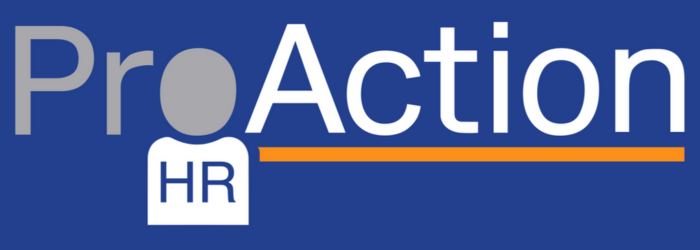How to achieve a successful return to work
The past 12 months have been a chaotic and challenging period for everyone not least the HR professionals and consultants amongst us. Alongside the ‘business as usual’ aspects of managing staff-related matters within an organisation and for clients, we have then had the challenge of enabling businesses to move to a ‘work from home’ model. And now more recently the transition back to the workplace.
And these considerations need to be addressed now as, with the recent government announcements, we are seeing a significant number of clients and businesses exploring the reality of a phased return to the workplace for their employees. Dates of return vary depending on the view of organisations with much debate about possible returns in the UK at phase 3 (May 17th) or phase 4 (21st June earliest).
The current position regarding working at business premises
The present statement from gov.uk is as follows; “You may only leave your home for work if you cannot reasonably work from home, to help reduce the spread of the virus and protect others. If you cannot work from home you should continue to travel to your workplace. This includes, but is not limited to, people who work in:
Critical national infrastructure
construction
manufacturing
childcare or education
essential public services
essential retail, such as supermarkets and pharmacies.”
The CIPD recommend three key tests before bringing people back to the workplace;
Is it essential work?
Is it sufficiently safe?
Is it mutually agreed?
What does the future look like for ‘going to work’?
In March 2020 we saw a most dramatic upheaval in the way in which most businesses operated owing to the Coronavirus pandemic. From drive-through only fast food, collection-only retail, Teams/Zoom style office work, the world of work has never and will hopefully never again see such a dramatic and rapid change!
The return to a new way of working can be more planned and must take into account some of our learned behaviours of the past 12 months or so. Things such as;
Remote working 5 days a week can work, given we have survived for a year.
A significant proportion of work can be achieved at a social distance from teams and work colleagues.
Technology can make remote work more efficient and effective.
Change in career direction
A recent Harvard Business Review article by Dan Ciampa https://hbr.org/2021/02/a-ceos-guide-to-planning-a-return-to-the-office poses the correct question about remote working as “What will we not be able to do well if we go too far in that direction?”
The key to this is the culture and way of working at each and every organisation and prompts questions such as;
What proportion of work is best taught face to face?
and
What percentage of a manager’s skills are best utilised by having them work at least part of the week in close proximity to their team?
We have all studied people on Zoom calls and perhaps increased our capacity to read zoom language, but it’s easy for the video to be turned off, or for them not to appear on full screen for more than a couple of minutes every hour. It’s a little different when in person and perhaps there are elements in every role where ‘in person’ is now required?
So, the challenge regarding planning a new of working when we do return to the workplace is to determine what elements of learnt behaviour during the Covid era are good and need to be kept and encouraged [covid keepers seems to be the new phrase] and what behaviours from 2019 need to be re-introduced?
Those 2 questions above are difficult to answer as each individual is biased, will have different experiences of the past year and alternate desires for the future of how they work. The decision has therefore got to be based on the preferences of the organisation as a whole.
In simple terms what is the viewpoint of management and the desired future approach to trust their workforce? And then, what size is the business presently and what does it desire/plan to be in the future?
The below model using McGregor XY theory as the X axis demonstrates in simple terms some of the practical decision making and best approach for organisations of varying sizes.
Changing Behaviours
We have seen people become accustomed to working from home and understandably for some it suits their personal and professional life – to keep and attract the right talent, therefore, you need to consider what your business needs are moving forward.
At what point in the x axis do you believe your management are in right now?
Where do you want to be?
And what size of Organisation will you be in 2022 or 2027?
If you place yourself to the right of the diagram then you should consider the following questions first and foremost;
What elements of the type of work you undertake continue to be most successfully done remotely?
How will you ensure the culture in your organisation is maintained/enhanced?
As a trusting employer, its then useful to ask these questions of your colleagues…
If in the top right quadrant then consider the policies that need to be reviewed and amended to make it a ‘fair’ working environment in the future
If you are more to the left of the diagram then you should consider;
A. How you will return colleagues and what objections you expect to face. Warning! If the conversation gets as far as what is in the contract then relations have already broken down
B. What variation is permissible in the top left quadrant?
C. What work could be done remotely and how will you measure performance?
We hope this article has given you some valuable insights into developing and implementing a return to the workplace that suits your individual business and is a positive and safe experience for your people.
Look out for our next article which will focus on our Top 10 Tips Countdown to a Successful and Positive Return to the Workplace.



